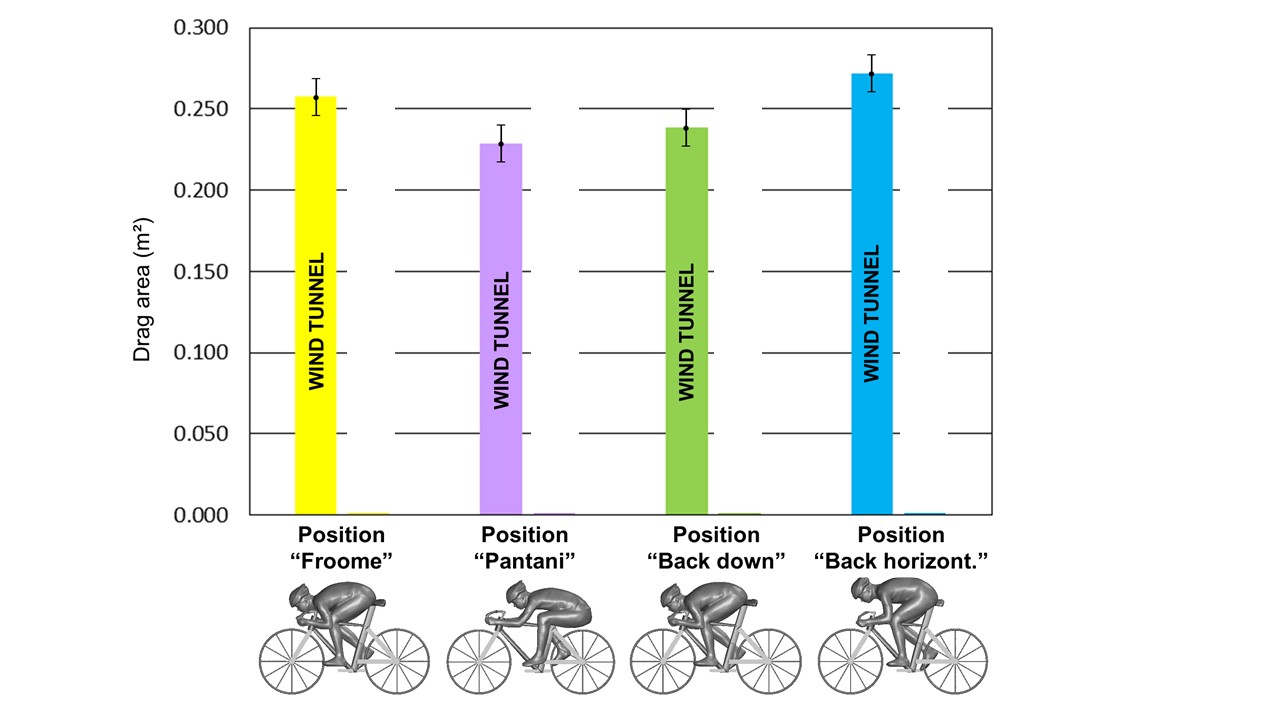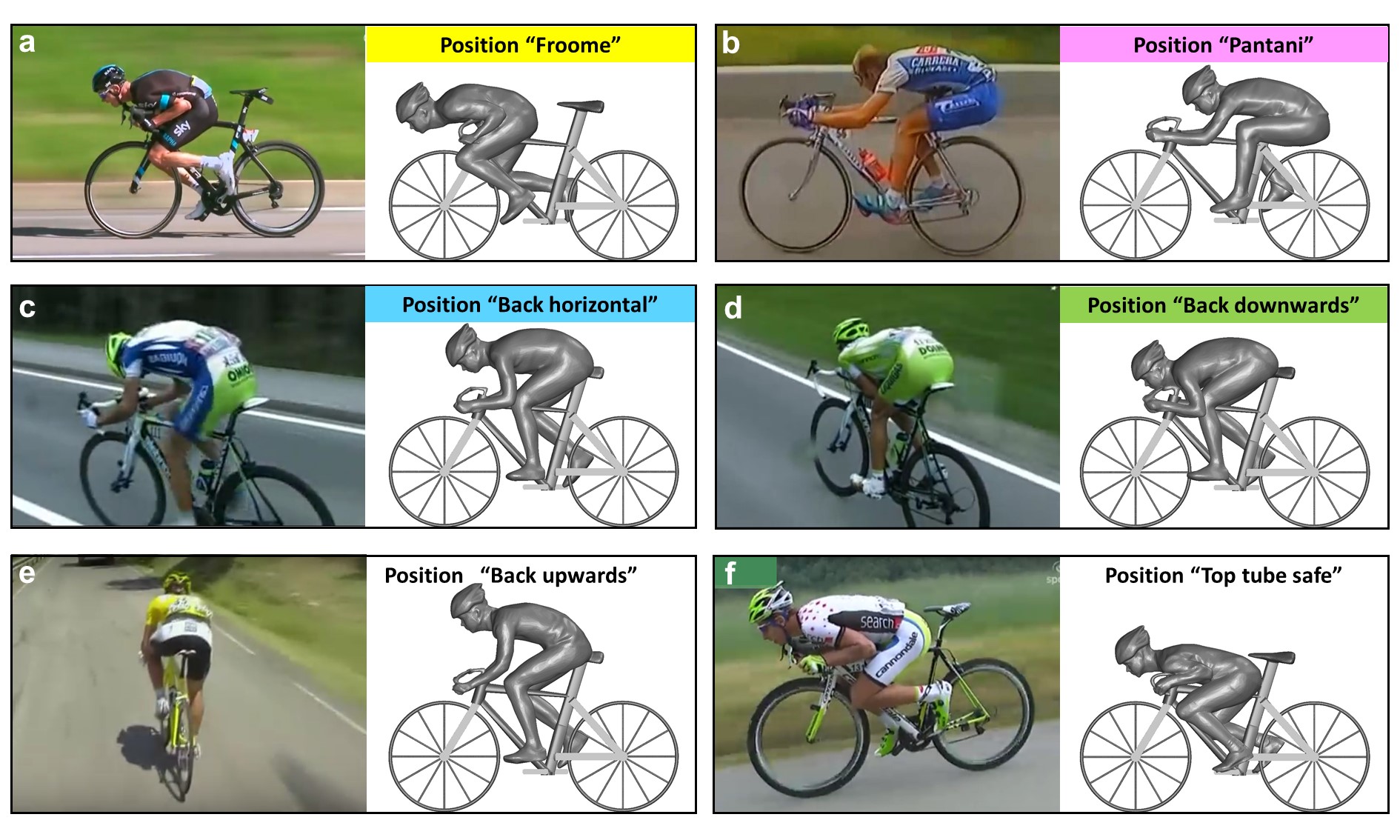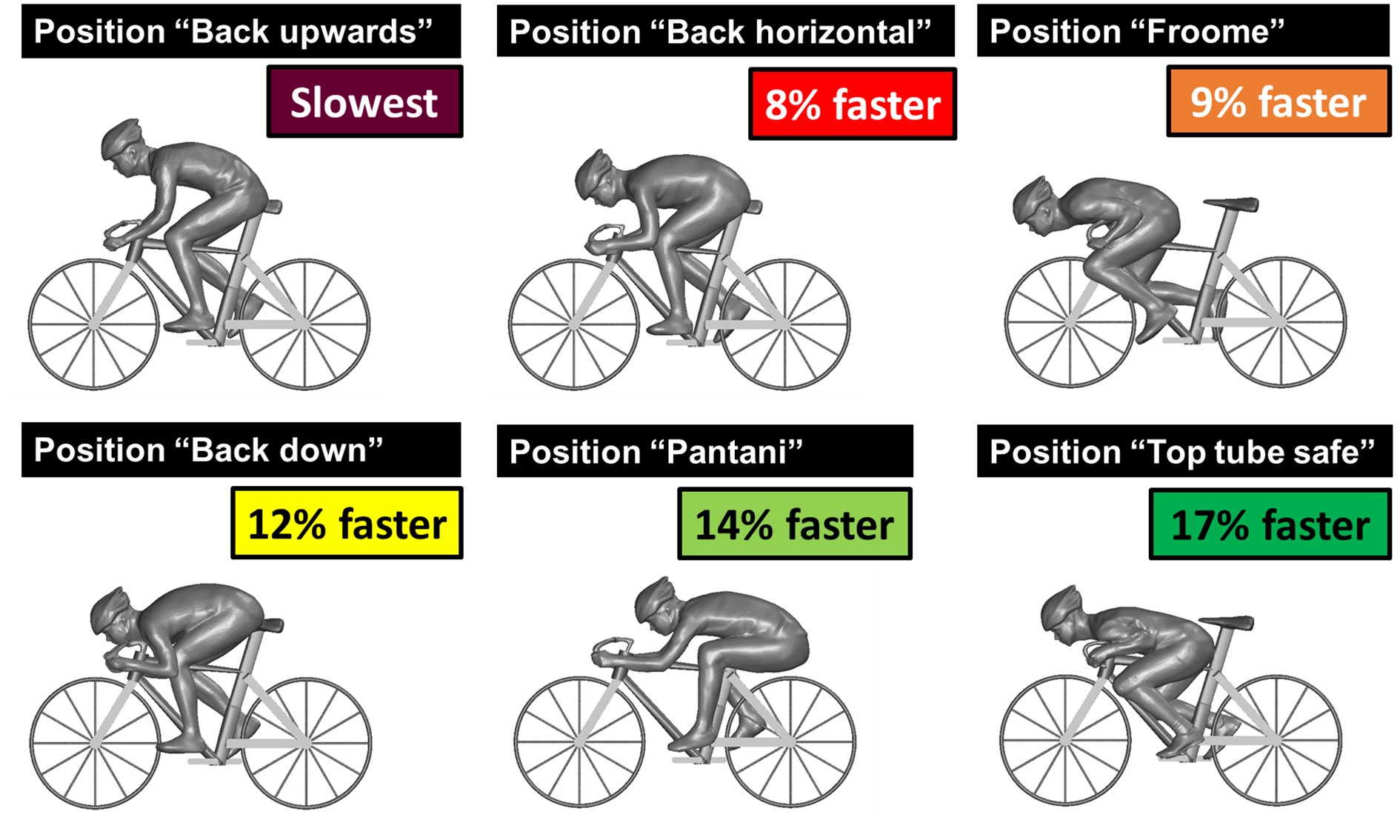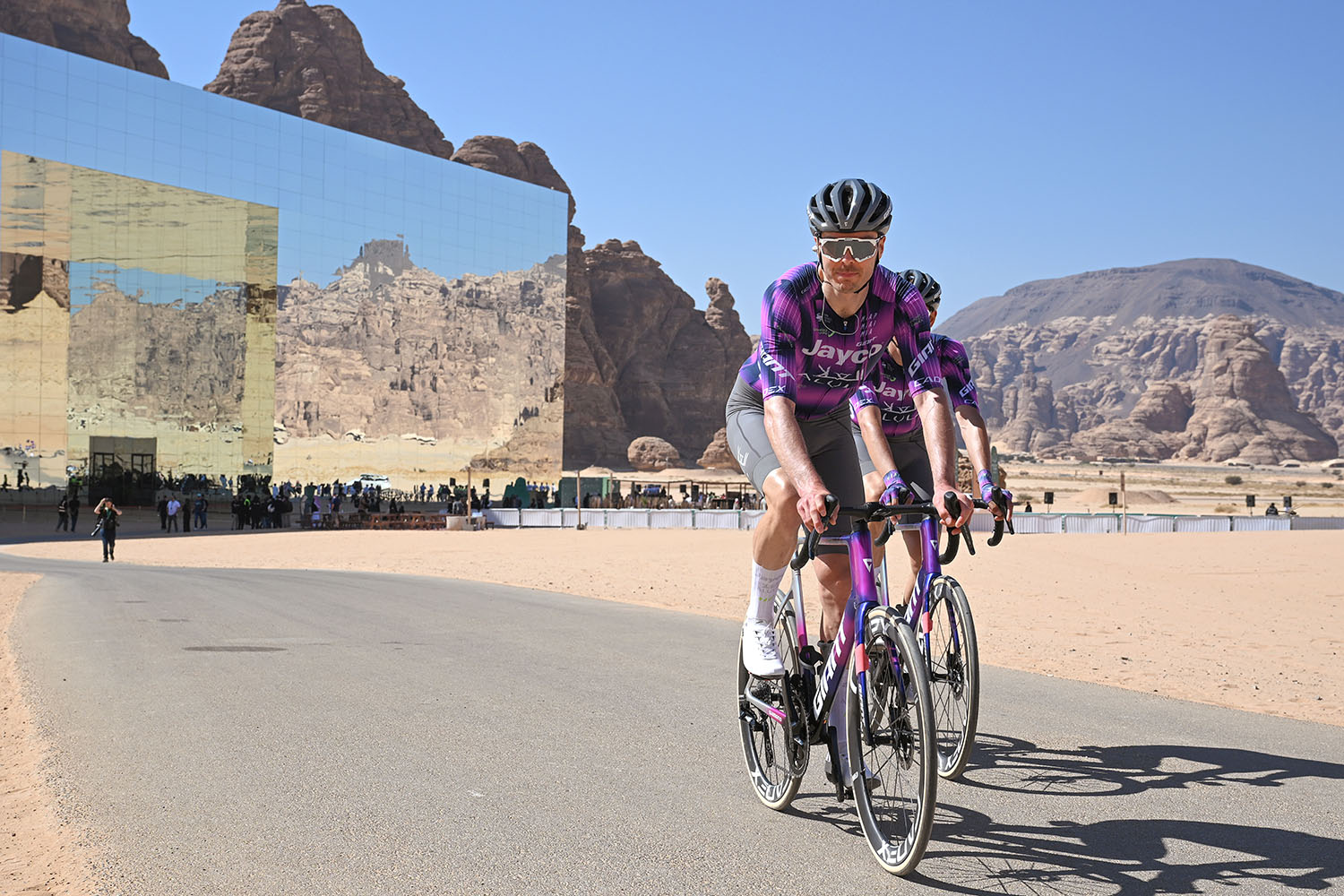Professors conclude: Don't descend like Froome
Dutch study shows Sagan's style is quickest



Chris Froome's descent of the Col de Peyresourde on stage 8 of the 2016 Tour de France, where he was tucked precariously low and forward on his top tube, pedaling like mad, was so unusual, awkward, and effective that it sparked a mixture of revulsion and Sunday club-run copy cats.
It also inspired University of Eindhoven professor Bert Blocken, two PhD students Thijs van Druenen and Yasin Toparlar, Université de Liège wind tunnel director Thomas Andrianne and fluid dynamics expect Thierry Marchal to scientifically examine whether or not this outrageous style gives a rider a speed advantage. Short answer - it does not.
Blocken and his colleagues were inspired to do the research after Froome won the stage to Luchon following a surprise attack before the crest of the Peyresourde, putting 13 seconds into his rivals and moving into the yellow jersey. Their latest article followed up on the results of an analysis posted last year with a more rigorous study using 3D models in addition to Computational Fluid Dynamics simulations similar to those published earlier. Read the full article here.
The researchers created scaled models of riders in six different positions to determine which styles were aerodynamically most advantageous: that of Froome on the Peyresourde ('Froome'), Peter Sagan's similar but more balanced top-tube tuck ('top tube safe'), Vincenzo Nibali's head-down while on the saddle ('back downwards') or less aggressive ('back horizontal'), Fabian Cancellara's standard riding style ('back upwards') and finally Marco Pantani's famous off-the-back-of-the-saddle style ('Pantani').
The models (in 1:4 scale) of the Froome, back-downward, back-horizontal and Pantani positions were tested in the wind tunnel in Liège at the equivalent of 54km/h (times four), and showed similar conclusions to the CFD analysis: the Froome position is not significantly more aerodynamic than a more traditional descending position. The Pantani position was best, followed by the back-downwards, while back-horizontal and Froome's position were not very different.
The researchers added in Sagan's position and Cancellara's for further analysis, and concluded that Sagan's 'top tube safe' position was 17 per cent faster compared with Cancellara's upright style, with Froome's risky position only 9 per cent quicker. Nibali's nose-down style was 12 per cent faster, and Pantani's 14 per cent.
They concluded that Froome did not win the Luchon stage of the Tour de France because of a super-fast descending style. Instead, he made most of his advantage by attacking before the top of the Peyresourde and only made marginal gains on the descent because his competitors adopted a mainly back horizontal style. He could have gained more time by riding like Sagan - 1:07, by their calculations.
The latest race content, interviews, features, reviews and expert buying guides, direct to your inbox!
- Position "back upwards": (+0:01:17)
- Position "back horizontal": (+0:0:08)
- Position "Froome": (descent time 14:24) (+0)
- Position "back down" (-0:0:23)
- Position "Pantani" (-0:0:46)
- Position "Top tube safe"(-0:01:07)
They noted that Sagan's position is safer because the weight distribution is more even between front and back wheels, and that pedaling in either Froome or Sagan's position is not as efficient as in other positions.
Additionally, they note, Alberto Contador attempted to adopt Froome's extreme position this year on the final stage of Paris-Nice and missed the overall victory by two seconds. By riding off the Col d'Eze in a more traditional tuck, he could very well have won the race.
"Beyond the scientific results supported by this investigation, there are professional or recreational cyclists who might be putting their chances of victory and maybe even their life at risk by adopting a more dangerous position with the injustified hope to improve their aerodynamics."

